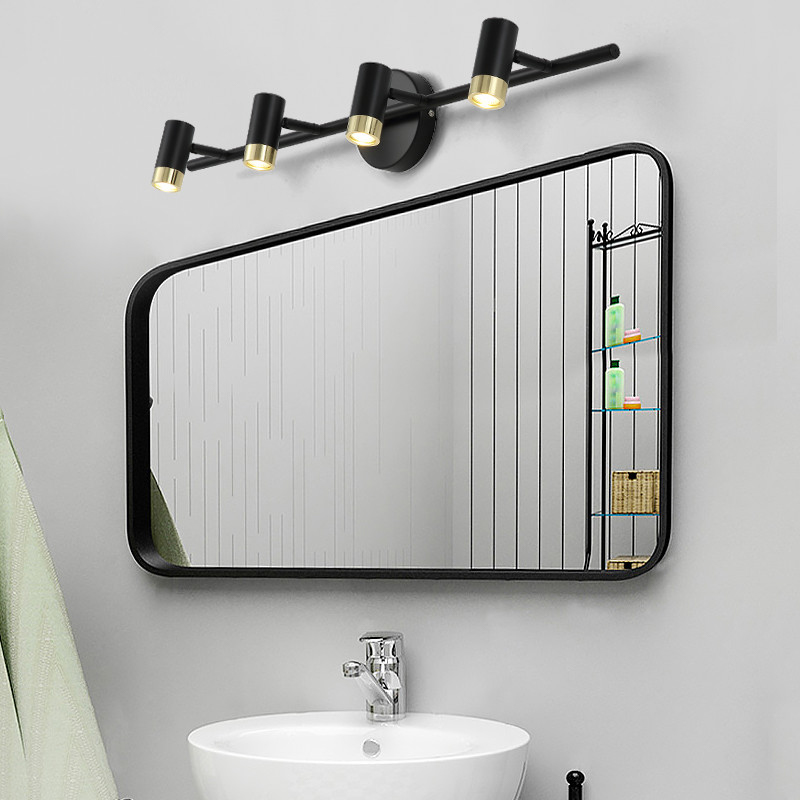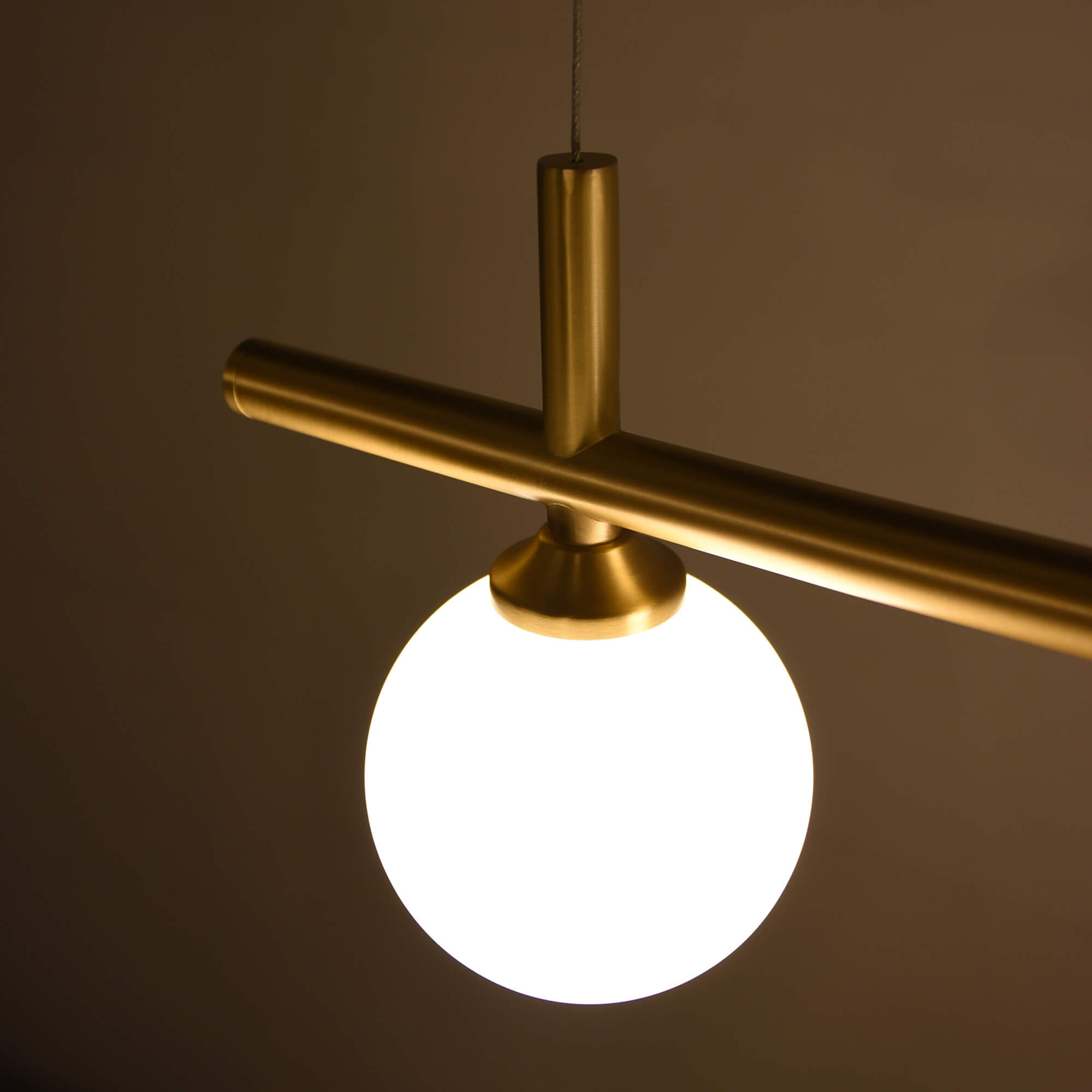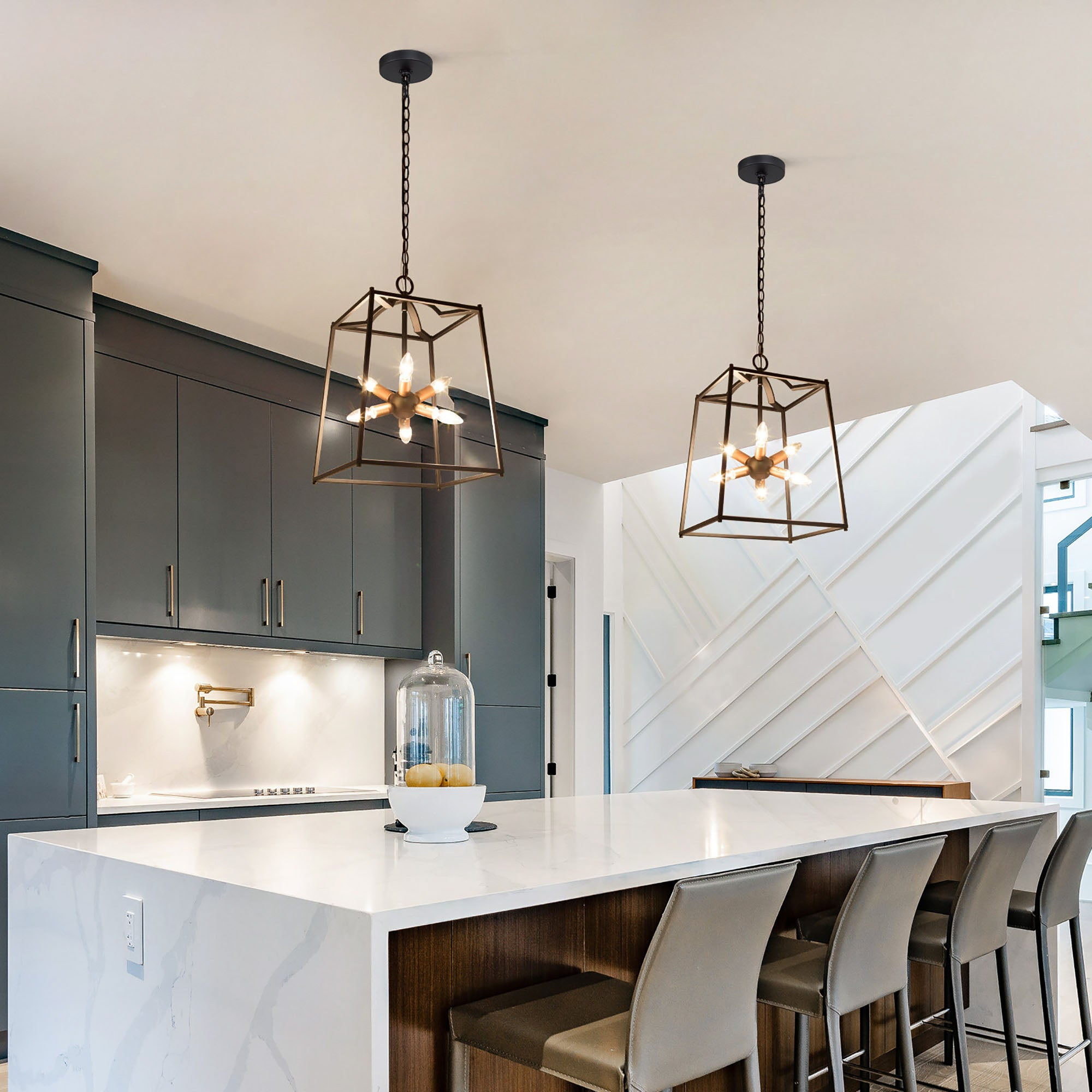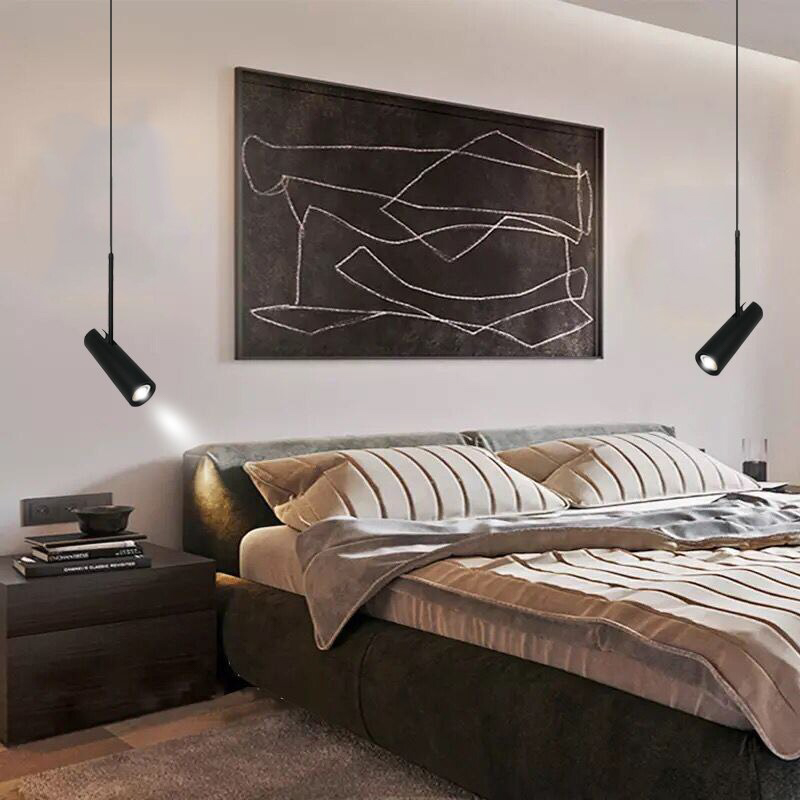When it comes to interior design, ceilings can often be overlooked. However, the ceiling is actually one of the most important features of any room. A well-designed ceiling can make a space feel larger, more open, and more inviting. One way to achieve this is by installing a circle false ceiling.
What is a Circle False Ceiling?
A circle false ceiling is a round ceiling that is suspended below the main ceiling of a room. It is often made from gypsum board or plaster, and can be painted or finished in any number of ways. Circle false ceilings are available in a range of sizes and can be customized to fit the specific needs of any space.
Why Choose a Circle False Ceiling?
There are several reasons why a circle false ceiling might be the perfect choice for your next interior design project:
1. Visual Appeal
Circle false ceilings are a unique way to add visual interest to a room. They break up the monotony of traditional flat ceilings and create a dramatic focal point. A circle false ceiling can be designed to complement the existing décor of a room or to make a bold statement.
2. Enhanced Acoustics
Circle false ceilings help to absorb sound and improve the acoustics of a room. This makes them a popular choice for spaces where sound quality is important, such as music rooms, recording studios, and lecture halls.
3. Improved Lighting
Circle false ceilings can also be used to enhance the lighting in a room. Recessed lighting can be installed around the edge of the circle to create a soft, ambient glow. This can be especially effective in a bedroom or living room, where a warm and welcoming atmosphere is desired.
How to Install a Circle False Ceiling
Installing a circle false ceiling requires some skill and experience with construction techniques. Here are the basic steps involved:
1. Plan and Design
The first step is to plan and design the circle false ceiling. This involves determining the size and shape of the ceiling, as well as the type of material that will be used. A professional contractor can help with this step.
2. Prepare the Ceiling
The existing ceiling must be prepared before the circle false ceiling can be installed. This involves removing any existing fixtures or lighting and smoothing out the surface of the ceiling.
3. Install the Framework
The framework for the circle false ceiling is then installed. This typically involves hanging metal or wooden supports from the main ceiling and attaching them to the walls.
4. Install the Ceiling Panels
The ceiling panels are then installed, either by nailing them to the framework or by suspending them with wires. The panels must be cut to the correct size and shape.
5. Finish the Ceiling
The final step is to finish the ceiling. This may involve painting, plastering, or applying texture to the surface of the ceiling. A professional contractor can help with this step.
A circle false ceiling can transform any room from a plain and uninspired space into a stunning work of art. With the right design and installation, a circle false ceiling can enhance the acoustics, lighting, and overall aesthetic of a room. Whether you are renovating your home or designing a new commercial space, consider using a circle false ceiling to create a truly unforgettable interior.




